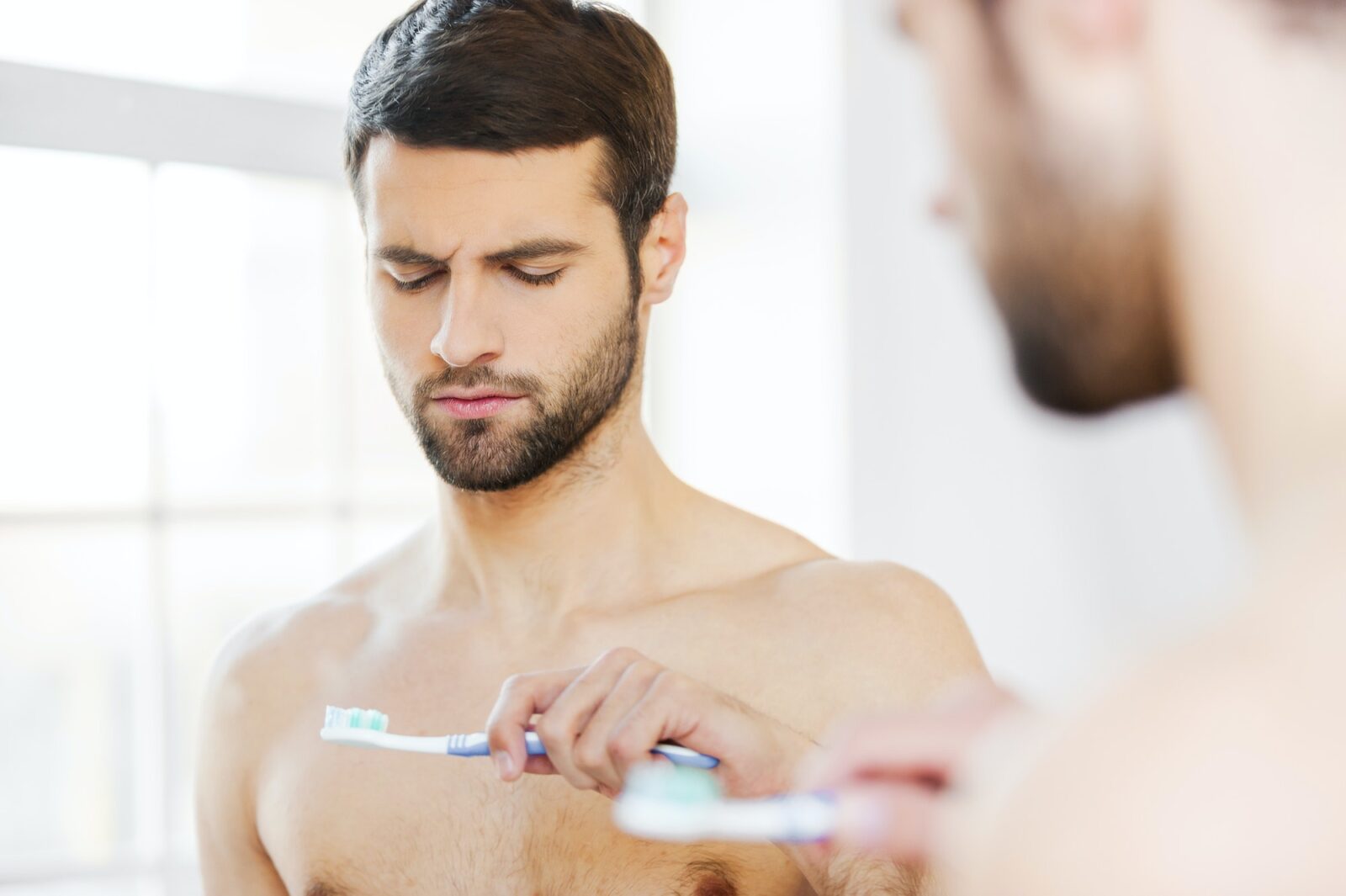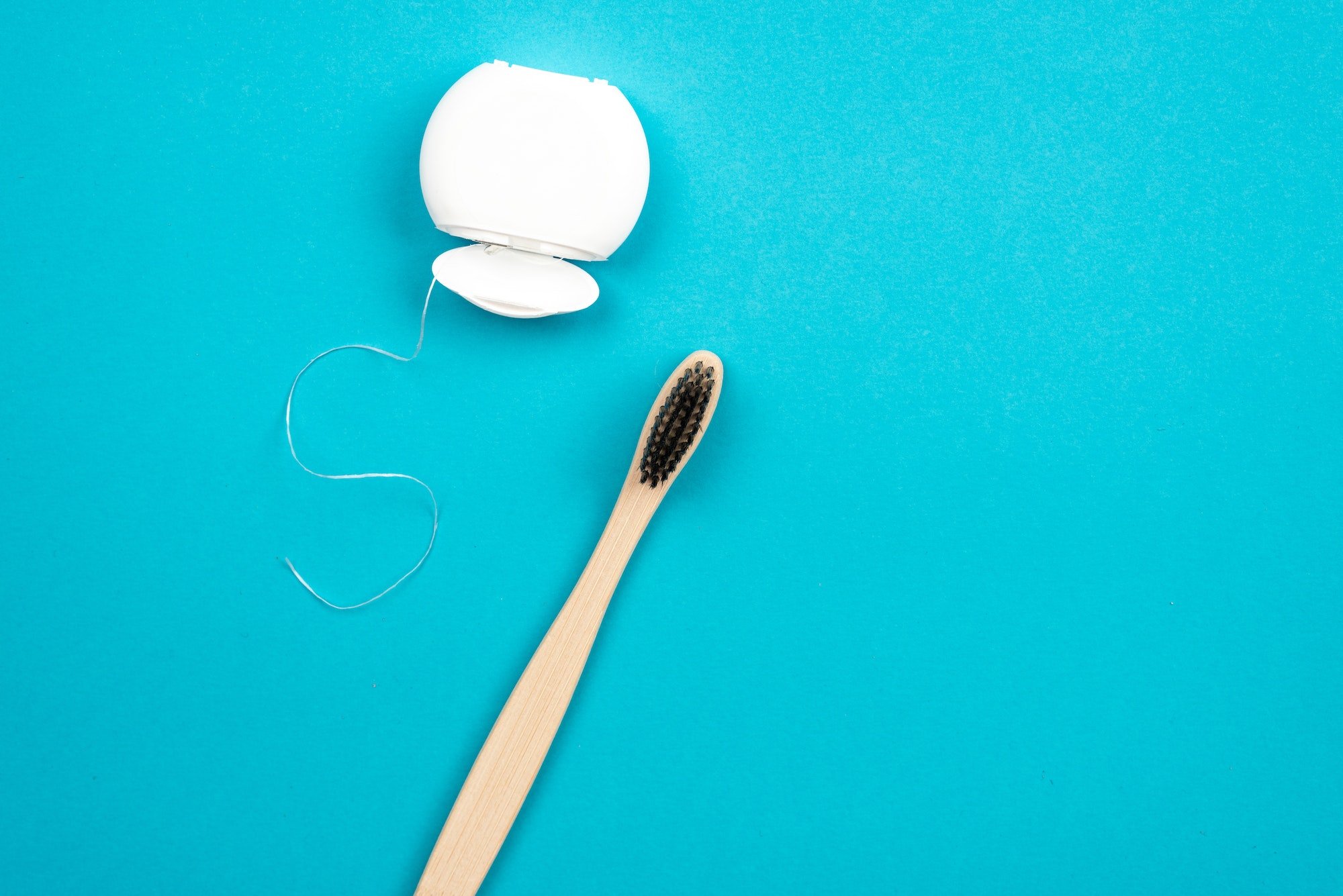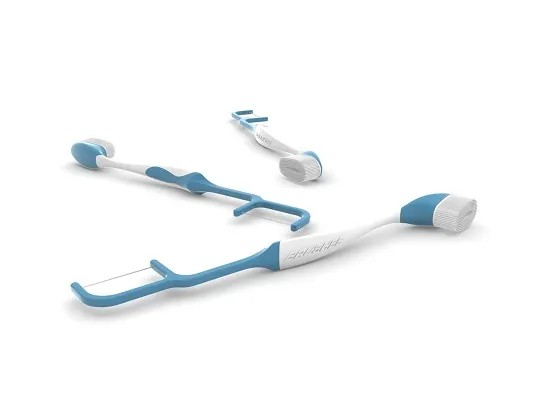Intro
Maintaining good oral hygiene is essential for maintaining overall health and well-being. Brushing and flossing your teeth regularly helps to remove plaque and food particles that can contribute to tooth decay and gum disease. While brushing and flossing may seem like simple tasks, it is important to do them correctly in order to effectively remove plaque and prevent oral health problems. In this article, we will provide tips and techniques for brushing and flossing effectively, as well as offer guidance on choosing the right toothbrush, toothpaste, and mouthwash for your needs. We will also discuss the best times to brush and floss and offer practical tips for maintaining good oral hygiene while on the go. By following these guidelines, you can help to keep your teeth and gums healthy and prevent oral health problems.
The Importance of Brushing and Flossing
Brushing and flossing your teeth regularly is essential for maintaining good oral hygiene and preventing tooth decay and gum disease. Plaque is a sticky film of bacteria that forms on the teeth and can lead to tooth decay if it is not removed. Flossing helps to remove plaque and food particles from between the teeth and along the gum line, areas that a toothbrush cannot reach.
Brushing your teeth removes plaque from the surfaces of the teeth and helps to freshen your breath. It is important to use fluoride toothpaste, as fluoride helps to strengthen the enamel on the teeth and prevent tooth decay. It is also important to use a soft-bristled toothbrush, as hard bristles can damage the gums and tooth enamel.
In addition to removing plaque and freshening breath, brushing and flossing can also help to prevent bad breath or halitosis. Halitosis is caused by bacteria in the mouth and can be caused by poor oral hygiene, dry mouth, or certain medical conditions. Brushing and flossing regularly helps to remove bacteria and prevent bad breath.
In summary, brushing and flossing are important for removing plaque and food particles, preventing tooth decay and gum disease, and freshening breath. By brushing and flossing regularly, you can help to maintain good oral hygiene and prevent oral health problems.
The Proper Technique for Brushing
To brush your teeth effectively, it is important to use the proper technique. Follow these steps for the best results:
- Use a soft-bristled toothbrush: Choose a toothbrush with soft, rounded bristles to avoid damaging the gums and tooth enamel.
- Wet your toothbrush: Rinse your toothbrush under running water before brushing.
- Apply toothpaste: Squeeze a pea-sized amount of toothpaste onto your toothbrush. If you are using toothpaste with fluoride, make sure to use enough to cover the bristles of your toothbrush.
- Position your toothbrush: Hold your toothbrush at a 45-degree angle to your gums and gently brush in a circular motion.
- Brush the fronts, backs, and tops of your teeth: Make sure to brush the fronts, backs, and tops of your teeth, paying special attention to the areas along the gum line.
- Brush your tongue: Use the bristles of your toothbrush to gently brush your tongue, starting at the back and working your way forward. This helps to remove bacteria and freshen your breath.
- Rinse your mouth and toothbrush: Spit out the toothpaste and rinse your mouth with water. Rinse your toothbrush under running water to remove any leftover toothpaste and bacteria.
It is important to brush your teeth for at least two minutes to ensure that you are effectively removing plaque and food particles. You can use a timer or play a song to help you keep track of time.
The Proper Technique for Flossing

Flossing is an important part of maintaining good oral hygiene, as it helps to remove plaque and food particles from between the teeth and along the gum line. Follow these steps for the best results:
- Use about 18 inches of floss: Wind the floss around your middle fingers, leaving about an inch or two of floss between your hands.
- Hold the floss taut: Gently glide the floss between your teeth, using a sawing motion to work it up and down against the sides of the teeth.
- Curve the floss around the base of each tooth: Use a C-shape to gently curve the floss around the base of each tooth and along the gum line.
- Floss behind the back teeth: Use a back-and-forth motion to carefully floss behind the back teeth, taking care not to snap the floss against the gums.
- Rinse your mouth and throw away the floss: Spit out the floss and rinse your mouth with water. Discard the used floss and use a new section for each tooth.
It is important to be gentle when flossing, as forcefully flossing can damage the gums. If you have trouble using traditional floss, there are a variety of flossing aids available, such as floss holders and water flossers, that may make the process easier.
By flossing daily, you can help to remove plaque and food particles from between the teeth and along the gum line, and maintain good oral hygiene.
The Best Time to Brush and Floss
Brushing and flossing regularly are essential for maintaining good oral hygiene. The American Dental Association recommends brushing your teeth twice a day and flossing once a day.
It is generally recommended to brush your teeth in the morning after breakfast and before bedtime. Brushing after breakfast helps to remove any leftover food particles and bacteria from the mouth while brushing before bedtime removes plaque and bacteria that can build up during the day.
Flossing once a day, either in the morning or at night, is generally sufficient for removing plaque and food particles from between the teeth and along the gum line. Some people prefer to floss in the morning to remove any overnight buildup of plaque and food particles, while others prefer to floss at night before bedtime to ensure that their mouth is clean before sleeping.
Choosing the Right Toothbrush and Toothpaste
Choosing the right toothbrush and toothpaste is important for maintaining good oral hygiene. Here are some factors to consider when selecting a toothbrush and toothpaste:
- Toothbrush type: There are two main types of toothbrushes: manual and electric. Manual toothbrushes are the most common and are available in a variety of shapes, sizes, and bristle types. Electric toothbrushes are powered by a battery or electricity and can be more effective at removing plaque and bacteria. However, they can also be more expensive.
- Bristle type: Toothbrushes are available with different types of bristles, including soft, medium, and hard. It is generally recommended to use a toothbrush with soft bristles, as hard bristles can damage the gums and tooth enamel.
- Toothbrush size: Toothbrushes are available in different sizes, including standard and compact. It is important to choose a toothbrush that is the right size for your mouth and allows you to reach all areas of your teeth easily.
- Toothpaste type: Toothpaste is available in a variety of formulas, including fluoride, tartar control, and sensitive. Fluoride toothpaste is recommended for most people, as fluoride helps to strengthen the enamel on the teeth and prevent tooth decay. Tartar control toothpaste is formulated to help prevent the build-up of tartar, a hard deposit that forms on the teeth. Sensitive toothpaste is formulated for people with sensitive teeth and gums.
The Benefits of Using Mouthwash
Mouthwash is a liquid that is used to rinse the mouth and is available in a variety of formulations. Mouthwash can help to remove plaque and bacteria, freshen your breath, and reduce the risk of tooth decay and gum disease.
There are different types of mouthwash available, including antimicrobial mouthwash, which contains ingredients that kill bacteria, and fluoride mouthwash, which helps to strengthen the enamel on the teeth and prevent tooth decay. Some mouthwashes are formulated to help prevent the build-up of tartar, a hard deposit that forms on the teeth or to freshen breath.
Mouthwash can be used in addition to brushing and flossing to help remove plaque and bacteria from the mouth. It is generally recommended to use mouthwash after brushing and flossing, as the ingredients in mouthwash can be more effective at killing bacteria when they come into contact with a clean mouth.
It is important to follow the instructions on the mouthwash label and not to swallow mouthwash, as some formulations can be harmful if ingested.
By using mouthwash regularly, you can help to remove plaque and bacteria, freshen your breath, and reduce the risk of tooth decay and gum disease.
The Importance of Replacing your Toothbrush

It is important to replace your toothbrush (or toothbrush head if using an electric toothbrush) every three to four months, or sooner if the bristles become frayed or damaged. Over time, the bristles on a toothbrush can become worn and less effective at removing plaque and bacteria. Using a toothbrush with worn bristles can also lead to gum irritation and tooth sensitivity.
In addition to replacing your toothbrush regularly, it is also important to store your toothbrush properly. It is generally recommended to store your toothbrush in an upright position and to allow it to air dry after use. Storing your toothbrush in a closed container or cup can create a moist environment that is conducive to the growth of bacteria.
Tips for Maintaining Good Oral Hygiene While Traveling
Maintaining good oral hygiene while traveling can be challenging, but it is important to continue brushing, flossing, and using mouthwash to keep your teeth and gums healthy. Here are some tips for maintaining good oral hygiene while on the go:
- Pack a travel toothbrush, toothpaste, and floss: Make sure to pack a travel-sized toothbrush, toothpaste, and floss in your luggage. This will ensure that you have the tools you need to brush and floss effectively while away from home.
- Use bottled water: If you are traveling to a location where the water may not be safe to drink, use bottled water to brush your teeth. This will help to prevent you from accidentally ingesting contaminated water.
- Brush and floss after meals: Try to brush and floss after meals to remove any leftover food particles and bacteria from your mouth.
- Use mouthwash: If you don’t have access to a sink to brush your teeth, you can use mouthwash to help freshen your breath and remove plaque and bacteria.
- Pack gum or mints: If you don’t have access to a toothbrush and toothpaste, you can use gum or mints to freshen your breath and stimulate saliva production, which can help to neutralize the acid in the mouth.
Conclusion
In conclusion, brushing and flossing regularly, using mouthwash, and choosing the right toothbrush and toothpaste are all important for maintaining good oral hygiene and preventing tooth decay and gum disease. It is generally recommended to brush your teeth twice a day and floss once a day, and to replace your toothbrush every three to four months or sooner if the bristles become frayed or damaged. By following these guidelines and making oral hygiene a consistent part of your daily routine, you can help to keep your teeth and gums healthy and prevent oral health problems.



